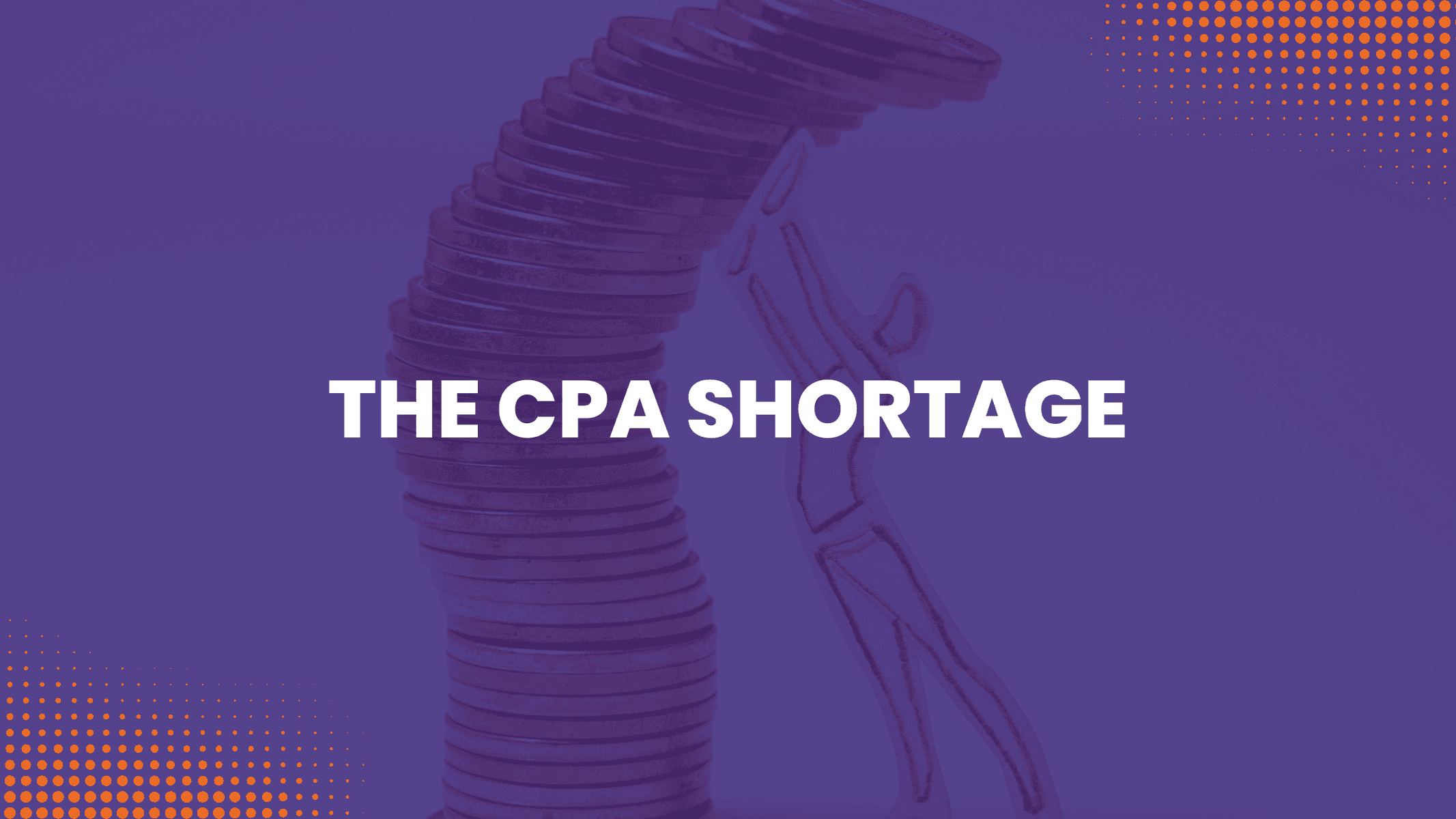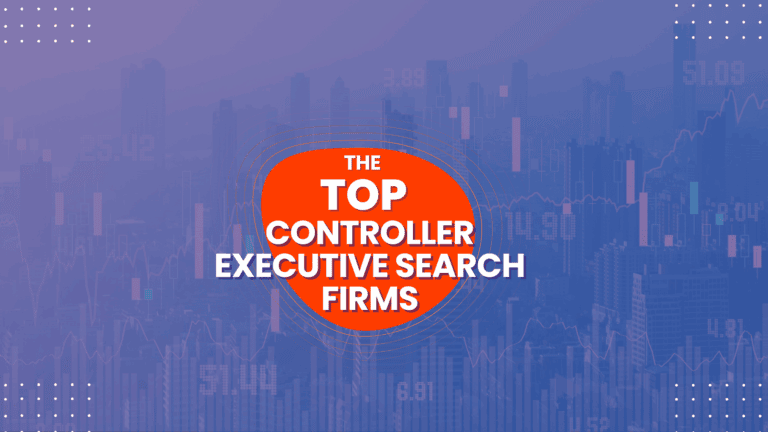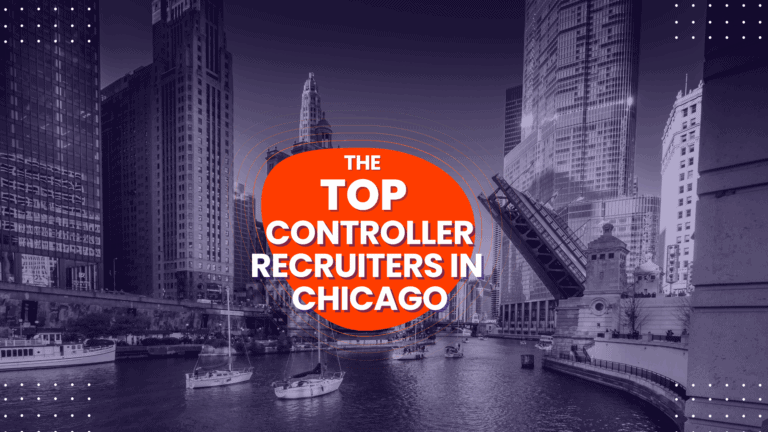In 2025, the CPA shortage continues to reshape finance hiring nationwide. According to The Wall Street Journal (“Aspiring CPAs Consider Ditching Grad School Plans as States Revamp Laws,” 2025) [1], the number of people sitting for the CPA exam has declined by more than 30 percent since 2016.
This contraction in the talent pipeline is creating measurable delays in hiring. Across national benchmarks and Talentfoot’s modeled placement data, finance roles requiring CPA credentials now take an average of 73 days to fill — 41 percent longer than comparable positions without the designation [2][3].
While salary expectations and hybrid policies contribute, the bigger factor stems from a shrinking supply of licensed professionals. As states race to reform outdated licensing laws, employers are confronting a simple equation: every additional credential requirement adds 8 to 12 days to the hiring cycle, even when compensation is competitive [3][4][5].
The Shrinking CPA Pipeline
The Wall Street Journal data [1] highlights a long-term structural issue: the 150-hour education rule has deterred many potential candidates, and employers are now competing for a smaller, more selective pool of licensed professionals.
States such as Minnesota, South Carolina, and Washington are introducing reforms to shorten the path to licensure [4], while others are debating similar changes. But progress is uneven, and the market imbalance remains severe: for every five open CPA-required roles, there are only three qualified active candidates nationwide [2][4].
This supply shortage directly extends hiring cycles. Even firms offering remote flexibility report that CPA-qualified applicants receive multiple offers within 10 to 14 days [3][4], forcing hiring managers to accelerate interviews or lose candidates mid-process.
Regional Hiring Variations and State Reforms
Geography amplifies these challenges. States with low CPA participation or slower regulatory updates face the steepest delays [1][5]. Early adopters of reform, however, are seeing measurable improvements in candidate flow and hiring velocity.
Regional Time-to-Fill Impact (CPA Roles)
Data modeled using Talentfoot internal benchmarks and state regulatory tracking compiled from AICPA 2023 Trends Report [5] and Robert Half 2025 [5].
State | CPA Regulation Status | Avg. Hiring Lag (Days) | Observations |
Minnesota | Reform proposed | +21 | Candidate pipeline expected to widen by 2026 |
Texas | No change | +25 | High demand across oil, gas, and healthcare finance |
South Carolina | Reform enacted | +15 | Early evidence of faster CPA licensing turnaround |
California | No change | +27 | Cost-of-living and hybrid mandates slow acceptance rate |
Illinois | Under review | +19 | Corporate demand outpacing supply across audit functions |
On average, states implementing or considering CPA pathway reforms reduced hiring delays by 4–8 days compared with those maintaining traditional 150-hour standards [3][4][5]. While modest, these early indicators suggest policy flexibility can modestly narrow the credential gap.
Talentfoot’s modeled data show that regional variance alone accounts for 12% of total time-to-fill deviation, meaning location is now a quantifiable hiring variable in finance. For national employers, multi-state search strategies are now essential to avoid localized bottlenecks.
The Employer Response: Adjusting Expectations and Incentives
As hiring cycles lengthen, finance leaders are recalibrating both role design and credential requirements. In 2025, roughly 38% of employers posting CPA-required jobs ultimately hired candidates without an active license, often substituting equivalent corporate finance experience [3][4].
The employers maintaining the requirement are leaning on incentives, according to 2025 survey data from Robert Half Finance & Accounting and AICPA’s Trends Report: [4][5]
- 62% now cover CPA exam or renewal costs. [5]
- 47% offer flexible remote structures to attract out-of-state candidates.[5]
- 29% have implemented completion bonuses for newly licensed hires. [4][5]
These shifts reflect a pragmatic approach to competing for a limited credentialed workforce. At the executive level, Talentfoot data indicate that search-managed CPA roles close 22% faster than self-posted equivalents, largely due to proactive sourcing and candidate relationship depth within specialized finance networks. [3]
How CPA Requirements Extend Time-to-Fill
Talentfoot’s review of national hiring timelines shows a consistent gap of 35–50% between CPA-required and non-CPA roles [3][4]. This difference compounds quickly for leadership and control-based positions, where certification is non-negotiable.
Table 1 – Average Time-to-Fill by Role (U.S. Finance Hiring, 2025)
Role | CPA Required (Days) | Non-CPA (Days) | % Difference |
Staff Accountant | 58 | 41 | +41% |
Senior Accountant | 63 | 43 | +47% |
Accounting Manager | 74 | 51 | +45% |
Controller | 78 | 54 | +44% |
CFO | 92 | 66 | +39% |
Data modeled using Talentfoot internal benchmarks and publicly available hiring-duration ranges from the Bureau of Labor Statistics and Robert Half Finance & Accounting Salary Guide (2025).
A typical accounting manager search that once closed in six weeks now averages nearly ten [3][4]. Each additional week of vacancy equates to roughly 3,000–5,000 dollars in lost productivity and delayed reporting [2].
The data also show diminishing returns on strict credential filters. Employers who required CPA licensure for non-audit or FP&A roles added an average of 11 extra days to the hiring cycle without measurable gains in retention [3]. By contrast, companies open to “CPA-eligible” candidates cut their time-to-fill by 22% while maintaining comparable performance outcomes [3].
Looking Ahead: The 2026 Forecast
If current participation trends persist, the CPA gap will remain acute through 2026 [4]. The AICPA and several state boards are piloting supervised-experience alternatives that could ease bottlenecks [4], but tangible improvement will take multiple exam cycles to materialize.
Talentfoot forecasts a 5–8% year-over-year increase in time-to-fill for CPA roles through 2026 unless major reforms accelerate [3]. However, automation in transactional accounting and analytics-driven FP&A roles could reduce dependency on licensure in certain sectors, shifting demand toward hybrid finance-technology skill sets instead.
Final Take
The CPA shortage isn’t just a credential issue. It’s a measurable drag on hiring velocity and operational continuity [2][3]. On average, CPA-required roles take 30 additional days to fill and cost 20% more in vacancy-related expense.[3].
Organizations willing to reassess which positions truly require licensure can shorten hiring timelines by up to 45% while maintaining capability quality [3]. For critical CPA-required functions, partnering with a specialized executive search firm can recover as much as two weeks of lost cycle time and reduce offer-decline rates by one-third.
For finance leaders planning 2026 workforce strategies, the data point to one conclusion: the CPA credential still carries value, but flexibility and proactive sourcing now determine who fills those roles fastest.
Sources
- The Wall Street Journal, “Aspiring CPAs Consider Ditching Grad School Plans as States Revamp Laws,” 2025..
- Bureau of Labor Statistics, Occupational Outlook for Accountants and Auditors, 2024.
- Talentfoot Internal Placement Data (modeled aggregate, 2024–2025).
- AICPA 2023 Trends Report.
- Robert Half Finance & Accounting Salary Guide, 2025.




